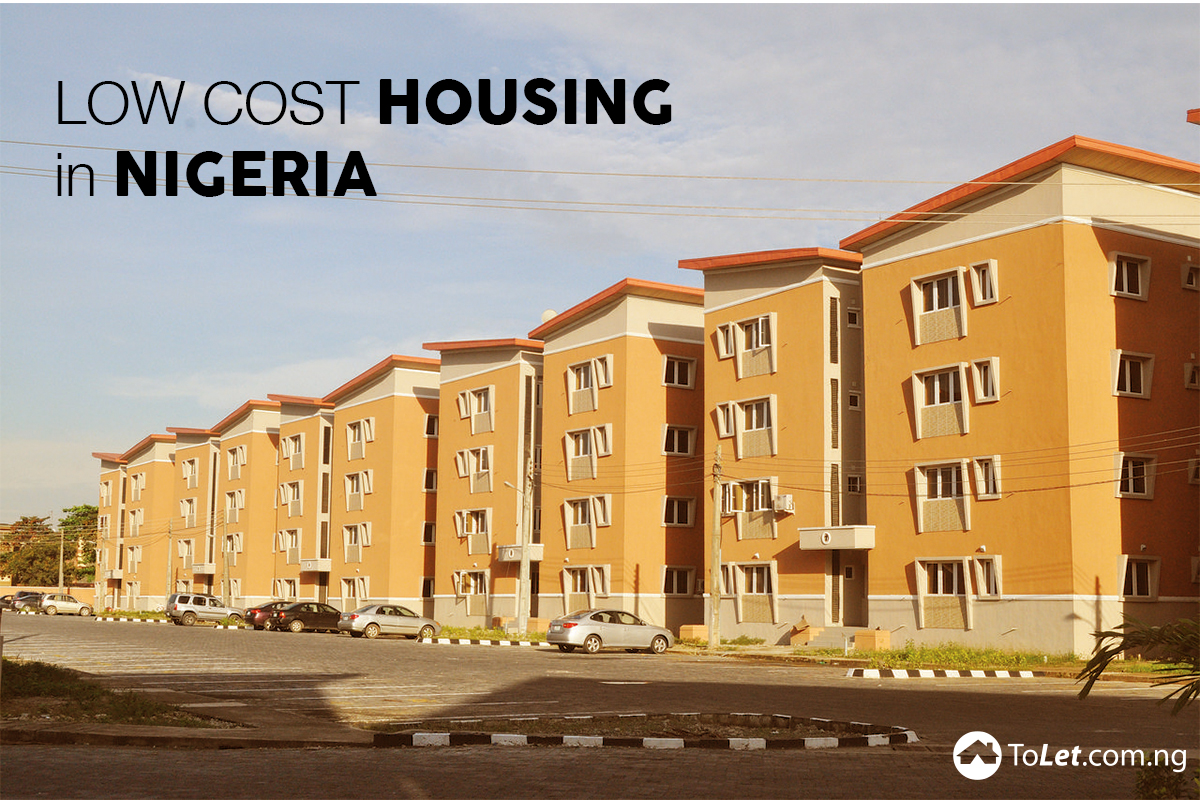This company has no active jobs
0 Review
Rate This Company ( No reviews yet )
Company Information
- Total Jobs 0 Jobs
- Category MINES LABOUR WELFARE ORGANIZATION PUNJAB MINES & MINERALS DEPARTMENT PPSC JOBS
- Location Nawab Shah
About Us
Mastering Build-to-Suit Leases
Unlock the tricks of Build-to-Suit leases and take your genuine estate investments to the next level with our specialist guide.
Understanding Build-to-Suit Leases
Definition and Key Characteristics
A Build-to-Suit (BTS) lease is a kind of lease agreement where a landlord or designer constructs a building or makes substantial enhancements to a residential or commercial property according to the particular needs and requirements of an occupant. The renter usually has a substantial amount of control over the style and building procedure, and the lease is often long-term, varying from 10 to twenty years or more.
The essential attributes of a BTS lease consist of:
– A customized structure or improvements tailored to the renter’s needs
– A long-term lease arrangement
– The occupant’s involvement in the style and building process
– A rent structure that considers the building and construction expenses and other expenses
Benefits for Tenants and Landlords
BTS rents offer several benefits for both tenants and proprietors. For occupants, the advantages consist of:
– A personalized space that fulfills their particular needs and requirements
– A long-term lease agreement that provides stability and predictability
– The ability to inhabit a brand-new or better space without the upfront expenses of construction
For proprietors, the benefits include:

– A long-lasting, creditworthy tenant
– A foreseeable earnings stream
– The capacity for greater rental earnings due to the personalized nature of the residential or commercial property
Common Applications in Commercial Realty
BTS leases are commonly used in commercial property for a variety of functions, consisting of:
– Office complex
– Industrial centers
– Retail centers
– Healthcare centers
– Technology and data centers
Key Elements of a Build-to-Suit Lease
Lease Term and Renewal Options
The lease term is an important aspect of a BTS lease, as it determines the length of time the renter will inhabit the residential or commercial property. The lease term can vary from 10 to twenty years or more, and may consist of renewal alternatives. The renewal choices must be thoroughly worked out to guarantee that the occupant has the flexibility to extend the lease if required.

Rent Structure and Escalation Clauses

The rent structure for a BTS lease is normally based upon the construction costs, land worth, and other expenses. The rent might be as a net lease, where the renter is accountable for paying all costs, including residential or commercial property taxes, insurance coverage, and maintenance.

Escalation clauses are used to change the rent over time to account for inflation, changes in residential or commercial property taxes, or other expenditures. The escalation provisions ought to be thoroughly worked out to make sure that they are fair and affordable.
Construction Specifications and Quality Standards
The construction specs and quality standards are vital aspects of a BTS lease, as they figure out the quality and functionality of the residential or commercial property. The tenant must be heavily associated with the design and construction process to make sure that the residential or commercial property meets their requirements and requirements.

The building specifications need to include details on the materials, finishes, and devices to be utilized, in addition to any particular requirements for the residential or commercial property, such as energy efficiency or sustainability features.
Negotiating a Build-to-Suit Lease
Pre-Negotiation Planning and Strategy
Before participating in negotiations for a BTS lease, it is necessary to conduct comprehensive pre-negotiation preparation and technique. This consists of:
– Defining the renter’s requirements and requirements
– Identifying possible landlords and residential or commercial properties
– Reviewing market data and trends
– Developing a settlement technique and techniques
Key Negotiation Points for Tenants and Landlords
The key negotiation points for tenants and proprietors in a BTS lease include:

– Lease term and renewal options
– Rent structure and escalation stipulations
– Construction specs and quality standards
– Tenant enhancement allowances
– Operating costs and residential or commercial property taxes
Tenants ought to prioritize their needs and requirements, and be prepared to work out on essential points such as the lease term, rent structure, and building requirements.
Landlords need to be prepared to work out on bottom lines such as the lease structure, lease term, and operating costs. They ought to likewise be prepared to provide detailed info on the construction costs and other expenditures.
Best Practices for Successful Negotiations
To make sure successful settlements, both parties ought to:
– Be transparent and open in their interaction
– Be versatile and going to jeopardize
– Use information and market patterns to support their settlement positions
– Have a clear understanding of their goals and goals
– Be prepared to walk away if the terms are not favorable
The following flowchart shows the settlement process for a BTS lease:
Financial Analysis of Build-to-Suit Leases

To examine the monetary viability of a BTS lease, renters and proprietors should conduct a thorough financial analysis. This consists of determining the net present worth (NPV) of the lease, using the following formula:
[NPV = amount _ t= 1 ^ n frac CF_t (1 + r) ^ t ]
Where:
– $CF_t$ is the capital at time $t$.
– $r$ is the discount rate.
– $n$ is the number of periods
The internal rate of return (IRR) can likewise be determined to evaluate the roi (ROI) of the BTS lease, using the following formula:
[0 = sum _ t= 1 ^ n frac CF_t (1 + IRR) ^ t ]
A BTS lease can offer a steady and predictable earnings stream for proprietors, and a tailored space for occupants. However, it needs cautious planning, settlement, and financial analysis to guarantee that it is a successful and profitable investment for both parties.
Case Study: Build-to-Suit Lease for an Innovation Company
A technology company, XYZ Inc., entered into a BTS lease with a proprietor to construct a new office complex in a suburban location. The lease term was 15 years, with 2 5-year renewal choices. The rent structure was based upon the building costs, and the renter was accountable for paying all expenses, including residential or commercial property taxes, insurance coverage, and upkeep.
The building requirements were carefully worked out to make sure that the residential or commercial property satisfied the occupant’s needs and requirements, consisting of an advanced information center and flexible office. The proprietor worked carefully with the tenant to guarantee that the residential or commercial property was finished on time and within spending plan.
The BTS lease supplied XYZ Inc. with a tailored space that satisfied their particular requirements, and a long-term lease arrangement that supplied stability and predictability. The proprietor took advantage of a long-term, creditworthy tenant and a foreseeable earnings stream.
Mastering Build-to-Suit leases needs a deep understanding of the crucial elements, negotiation techniques, and financial analysis. By following the standards laid out in this article, renters and property managers can ensure that their BTS lease is a successful and successful investment for both parties.
